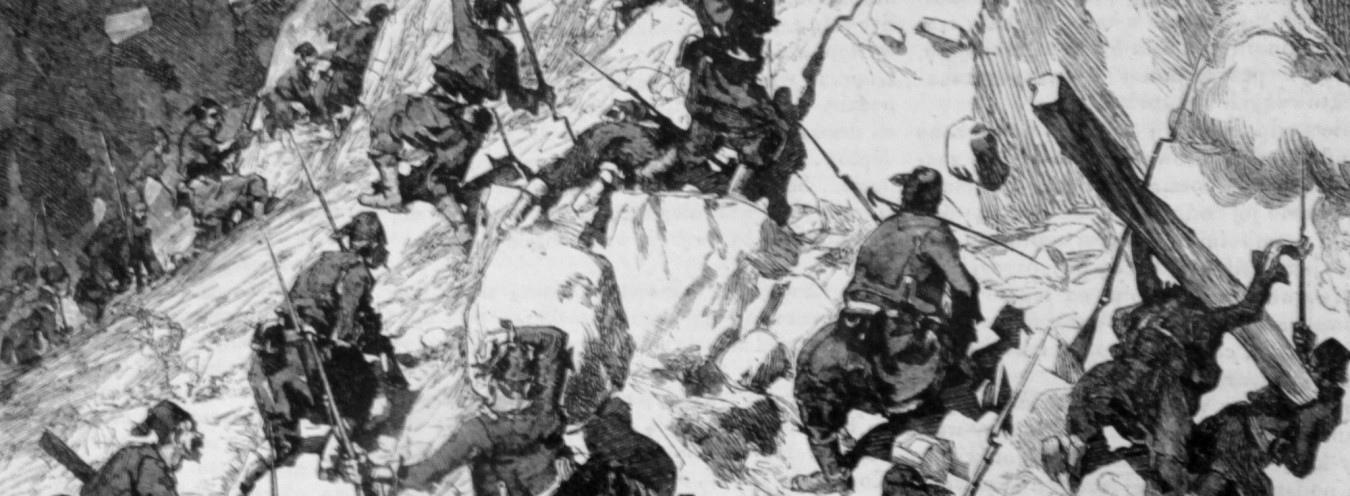
Hungarian Revolution of 1848
The Hungarian Revolution of 1848 was part of the Springtime of Nations movement that spread across many European countries. The initial spark was lit on 23 February 1848 in Paris (the French Revolution of 1848), then the fire caught on in German states, fanned out to Vienna in mid-March, and reached Budapest right afterwards. On 15 March, thousands of Hungarians gathered in front of the National Museum. They demanded, among others, the liberation of peasants from serfdom, equal rights for all Hungarian citizens, universal taxation, and freedom of the press. A set of reform laws was prepared in just a few hours, and enforced in April. These pivotal days gave rise to such national icons as Lajos Kossuth and 25-year-old Sandor Petöfi, whose impassioned poem “Nemzeti dal” (“National Song”) was on everyone’s lips. The future martyr to the national cause, Lajos Batthyany, was the leader of the revolutionary government. It was seemingly approved of by Vienna that acted under the pressure of circumstances, but the imperial powers never accepted Hungarians’ revolutionary aspirations and demands. Diplomatic and political steps were taken to turn Hungary’s minorities against “Magyars.” At the same time, military operations started, and already in September it became obvious that fighting was inevitable. Almost exactly six months after the breakout of the Revolution, the Committee of National Defense was established, soon to be headed by Lajos Kossuth – a man enjoying the support of the whole nation. Kossuth proceeded to enlistment straight away, which is how the revolution turned into a national uprising. Approximately 3,500 Poles came from the former Polish territories to join the Hungarian army. Polish volunteers included some distinguished military leaders: Józef Bem, Henryk Dembiński, and Józef Wysocki, as well as many unnamed heroes, whose often dramatic fate is only now being revealed and researched by historians. Polish soldiers were fighting either in the Polish legion or in the Hungarian Honved army. They came mostly from Galicia. Volunteers from Warsaw, such as the novel’s Ignacy Rzecki and his friend August Katz, were relatively few. Among them were Antoni Jeziorański and his cousin Julian Dolański, who left Warsaw at the beginning of May 1848 and crossed the Hungarian border only towards the end of November that year (a few weeks later than their fictional counterparts). Jeziorański wrote down his memories of that period in his memoirs, published in Lviv in 1880; it is possible that, before writing The Doll, Prus also read other accounts of Polish fighters for Hungarian independence. Jeziorański’s story included making it in time to join the Polish legion formed in Hungary, tasting defeat in the first months of military action (when only Józef Bem was able to win some important and remarkable victories in Transylvania), participating in Hungarian triumphs in the spring of 1849 – just to flee into exile in the Ottoman Empire with hundreds of other insurgents after Russians’ armed intervention and the collapse of the Revolution. Rzecki and Katz follow a similar route – apart from the fact that, after August, 1849 sees the Hungarian military commanders laying down their arms in Vilagos, the novel’s characters are still fighting to defend the Komarom castle at the beginning of October. Like Jeziorański, the old clerk elaborates on the enthusiastic welcome the Polish soldiers got from the local population (including young Hungarian girls) in his journal. Both of them describe some memorable scenes from the battlefield. Rzecki focuses on one battle in particular; we learn that it took place in the spring campaign and was victorious. This was just about the last of our victories, he adds. The last battle won by Hungarians during that campaign occurred in June, but a number of scenes and topographic details indicate quite clearly that Prus meant the Battle of Isaszeg (6 April 1849).
→ Bem Józef; → The Past; → Kossuth Lajos; → Rzecki, Ignacy;
Bibliografia
- I. Kovacs, „Byliśmy z wami do końca…” Polacy w węgierskiej Wiośnie Ludów 1848-1849, trans. J. Snopek, Warsaw 1999.
- I. Kovacs, Nieznani polscy bohaterowie powstania węgierskiego 1848-1849, trans. J. Snopek, Warsaw 2010.
- J. Snopek, Węgry. Zarys dziejów i kultury, Warsaw 2002.



